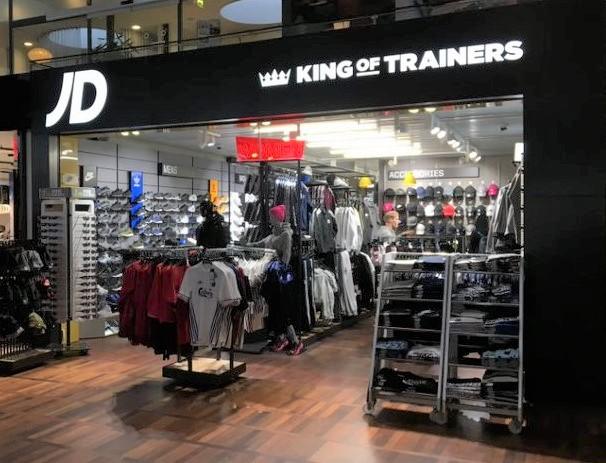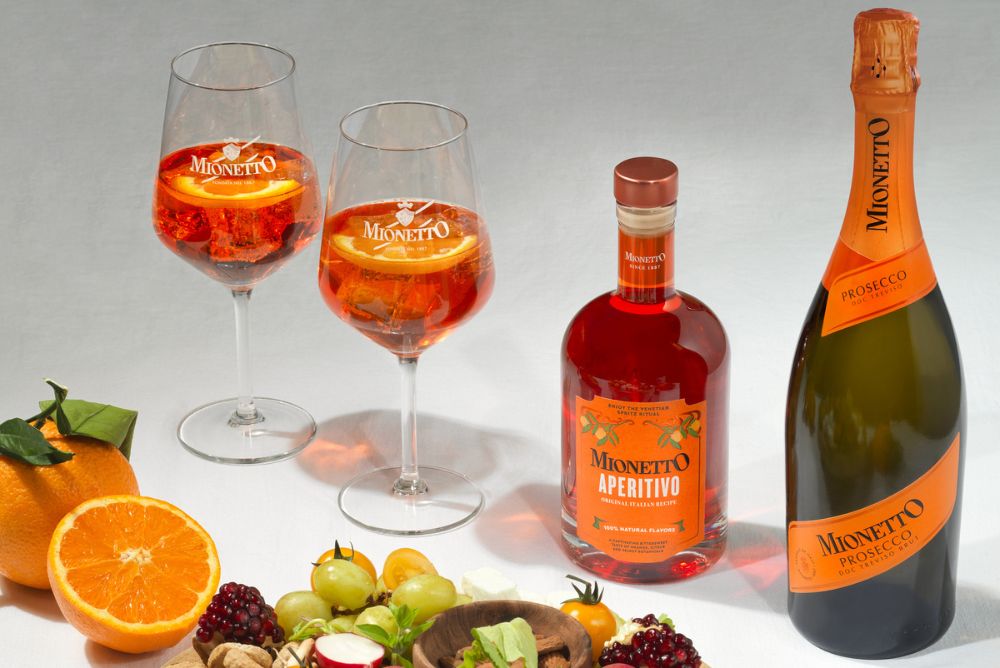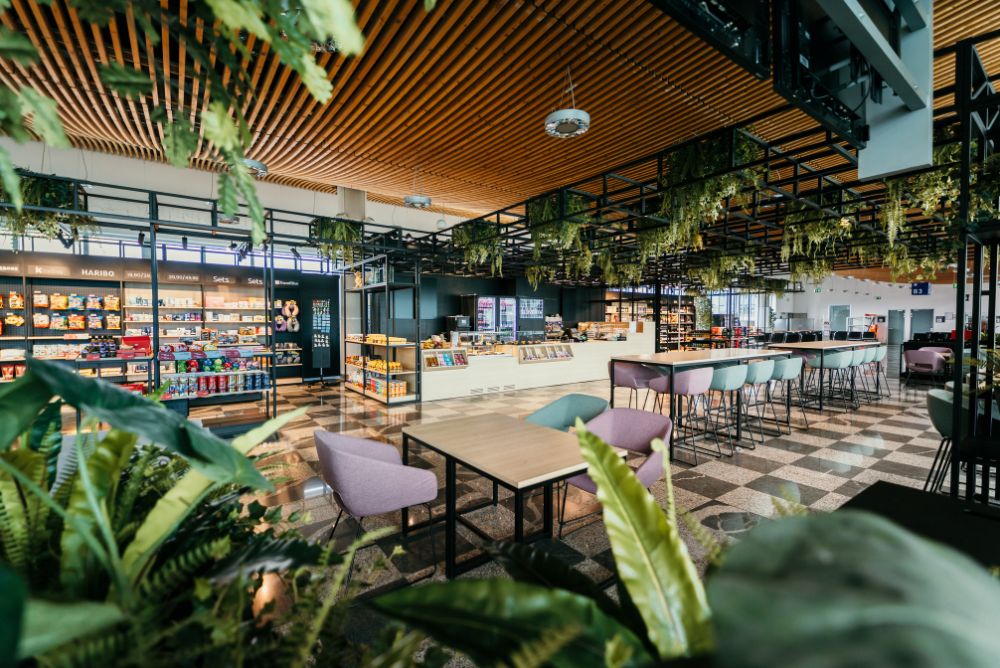HDH Retail & Consumer Trends mini series: The fashion of wellness
By Luke Barras-hill |
In a new series of short blogs, specialist retail advisory firm Harper Dennis Hobbs (HDH) delves into prevalent retail trends of the moment to dissect and analyse how they could be applied successfully in travel retail.
For the first edition, Simon Black, Executive Director of Travel Retail, ponders the impact (or lack of it) of the ‘fashion of wellness’ on the industry.
I don’t think I’m the only one sitting at my ‘desk’ in my newly formed office wearing a smartish jumper with a pair of comfy track pants (out of sight), ready to start another working day in lockdown.
This new(ish) daily ritual means that when considering current hot topics for our first blog, there was one clear winner for me – the rise of the ‘fashion of wellness’ and everything related to the Instagrammers’ favourite buzz-phrase: ‘self care’.
ATHLEISURE: GAP IN TRAVEL RETAIL
The lockdowns of 2020 gave us a new obsession that can be summed up in just two questions: How can I be comfy? (when I’m sat on a kitchen stool for nine hours a day) and how can I stay healthy? (when I can’t leave the house unless I have a very good excuse).
The answers to these questions fall squarely within the wellness trend. It’s become a vast and sprawling subject that can’t possibly be done justice in just one short blog.
So, on this occasion my musings can only cover the former: how the current unexpected and exceptional circumstances are impacting our clothing choices, and how travel retail is reacting (watch this space for thoughts on the second question in the next edition).
It’s important to point out that the concept of athleisure as a fashion movement is not new and has been bobbing around the trend analysts’ circuit for several years.
A booming trend prior to the pandemic, the industry has grown by 35% in 10 years according to HDH’s database and market research, with the likes of GymShark, Lululemon and Sweaty Betty taking centre stage.
Yet no one could have predicted 2020 would bring a global pandemic and with it a need for self-preservation and comfort like never before.
Fuelled by the necessity to stay home and stay healthy, consumer interest has again increased exponentially in products like gym wear and yoga attire, which give the wearer a positive association to a healthy lifestyle, regardless of whether they’re doing the activity or not.
Those who have ditched the suits and smart clothing in order to be comfier while working from home have massively increased their spend on athleisure, causing an exceptional increase in this already ‘well-worn’ trend.
During uncertain times, this accommodating, tactile and infinitely versatile form of clothing has provided added comfort for the vastly increased hours most of us are spending in our homes, while still maintaining a fashionable sensibility.
In our retail agency division at HDH we have also seen this trend grow and now represent an increasing number of sports/active brands, from Peloton to Pscycle as this sector grows rapidly.
Since the pandemic hit, gyms and sports clubs have had to close their doors for extended periods, forcing more people to move into their living rooms to try and get their government-approved exercise for the day.
This has created a huge surge in demand for home gym equipment and indoor exercise clothing both online and on the high street.
So how is the travel retail industry responding to the newly invigorated athleisure explosion? Let’s put this into some perspective. HDH’s travel retail database suggests that only 3.9% of UK airport retail stores predominately sell athleisure wear.
In the HDH top 10 airport shopping locations in Europe there are only five stores that predominately sell athleisure wear.

Prior to the Covid-19 crisis, Canadian apparel brand Lululemon made its travel retail debut with a unit at the departure area of Hong Kong Airport Terminal 1.
BREAKING THE CONVENTIONAL BRAND MOULD
Travel retail is known for being a leader in many categories – fragrance and beauty being the most notable and long standing. Prior to Covid-19, airport retailing was the flagship channel for many of the major beauty houses.
Similarly, the rise of luxury brands in airports has been astounding and airports have been quick to redevelop large areas of space to elevate them to the level of quality and design that is necessary.
But it would appear that travel retail is not keeping up with this major trend, especially for an industry that has a reputation for being at the forefront of retail.
Accessories have always dominated the fashion category in this industry, with travel retailers struggling to sell apparel in equal volumes, but now is the time for travel to take a cue from the high street and seriously get into this market.
New favourites such as Les Tien, Skin and Pangaia are fantastic to both work out and lounge in and are seen in many a celebrity airport dash, so why is no one selling them airside?
We shouldn’t be too downbeat as there are signs of change. Prior to the pandemic, Lululemon made its travel retail debut in Hong Kong, while Lorna Jane at Sydney Airport includes a studio and a well-being café and has seen good commercial results.
JD Sports is another company who do see the huge potential of fitness clothing in airports and we work with them extensively on their travel retail strategy to expand across Europe. They have already seen strong success in the sports footwear category in airports with their ‘King of Trainers’ concept and are now looking to create the same with sports apparel.

JD Sports has generated a strong consumer buzz with the ‘King of Trainers’ concept at airport shops.
However, brands like JD are few and far between; it would be great to see one of the major travel retailers step away from the ubiquitous brands seen in every departure lounge across the globe and really tap into this trend that has so many synergies with its core customers.
It’s true that sportswear operates on extremely low margins, but when travellers return the sales volume potential would be huge. With fresh thinking, there would be plenty of spoils to be shared by brands, retailers and airports alike.
I would love to see more active sports brands appear soon in travel and I am sure we will in time, but if travel retail is to keep up and have its share of voice as a retail channel in the digital world, it needs to push harder.
Reacting more quickly and continually updating the offer means we won’t constantly be playing catch up with the zeitgeist. Anyway, I’d better have my fifth coffee of the day ahead of my next Zoom call.
MEADFA Conference 2024 ‘heading to Abu Dhabi on 17-19 November’
This year’s Middle East & Africa Duty Free Association (MEADFA) Conference will take...
DFWC Q1 2024 KPI Monitor indicates rise in duty free impulse purchases
Impulse purchasing within global duty free is on the rise, according to the latest Duty Free...
Avolta details “bold and ambitious” goals to grow its APAC business
With a number of key developments coming to fruition, including its operations at Wuhan Tianhe...

In the Magazine
TRBusiness Magazine is free to access. Read the latest issue now.

 Trbusiness. The travel retail Trbusiness. The magazine for global retail and duty free professionals.
Trbusiness. The travel retail Trbusiness. The magazine for global retail and duty free professionals.






















